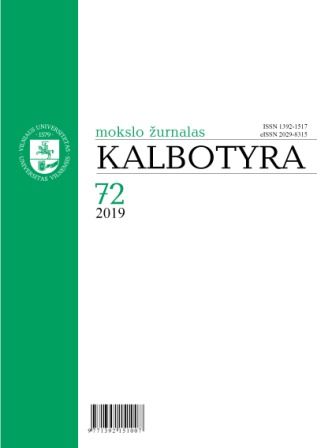Juk and gi, and “particles” in contemporary Lithuanian: Explaining language-particular elements in a cross-linguistic context
Juk and gi, and “particles” in contemporary Lithuanian: Explaining language-particular elements in a cross-linguistic context
Author(s): Vladimir PanovSubject(s): Morphology, Syntax, Pragmatics, Comparative Linguistics, Baltic Languages, Philology
Published by: Vilniaus Universiteto Leidykla
Keywords: discourse particles; uncontroversial information marking; shared knowledge; common ground; illocutionary force; Lithuanian; German; comparative concepts;
Summary/Abstract: In this paper, I propose to take a fresh look at the elements traditionally termed “particles” in descriptions of Lithuanian. I establish criteria that would allow one to come up with a meaningful classification of such elements, and argue for the descriptive language-particular category of “sentence particles”. I then turn to the syntax and functions of juk and gi, two prominent elements of this category. In order to understand their functions better, I invoke cross-linguistic comparison. I demonstrate that the ideas expressed in the literature on the German particles doch and ja can also be applied to Lithuanian. All four particles exhibit a common meaning component, which I describe as framing the proposition as uncontroversial, but also significant differences. Finally, I provide a brief overview of similar categories in some neighboring and genealogically related languages, and introduce the general methodological and areal-typological dimension of the phenomenon.
Journal: Kalbotyra
- Issue Year: 2019
- Issue No: 72
- Page Range: 58-86
- Page Count: 29
- Language: English

